antique carved cabinet (pic)
dashiell
12 years ago
Related Stories
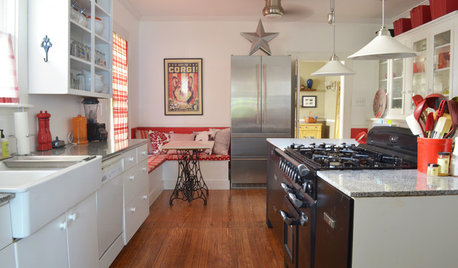
FURNITUREGreat Vintage Find: Antique Sewing Tables and Cabinets
These history-rich pieces add unique style and function all over the house
Full Story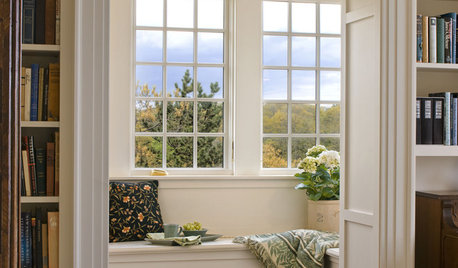
FEEL-GOOD HOMECarve Out a Neat Little Nook
A well-designed nook can add charm and warmth to a room. Here are ideas for creating one that really works
Full Story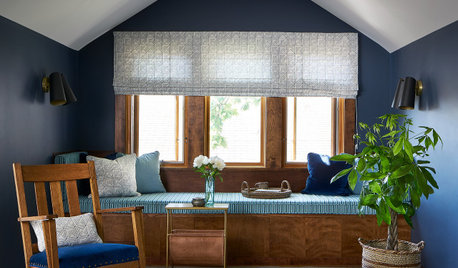
FEEL-GOOD HOMEHow to Carve Out a Corner Just for You
You may not have an entire room where you can get away for meditation or a catnap, but a retreat is still within reach
Full Story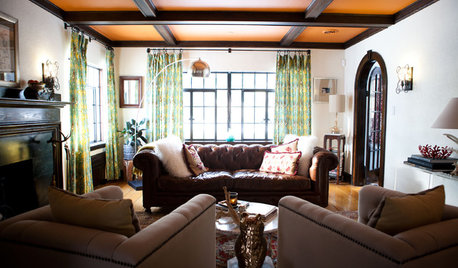
HOUZZ TOURSMy Houzz: Antiques Mingle With Modern Style in a 1920s Tudor
See how careful curating and a strong vision turned an empty New England home into an eclectic sight to behold
Full Story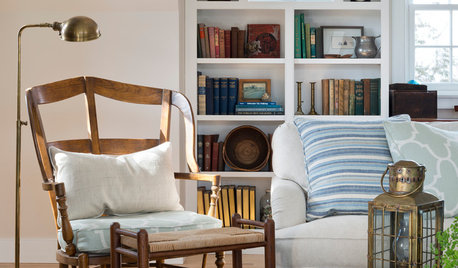
FURNITURESmart Shopper: How to Judge Antique Furniture Quality
Pick the treasures from the trash without expert experience by learning how to evaluate antiques and what questions to ask
Full Story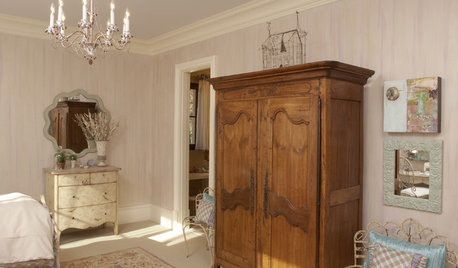
DECORATING GUIDESDecorating With Antiques: Armoires, the Versatile Beauties
Give any room more character and function with an armoire — this queen of antiques is also a storage workhorse
Full Story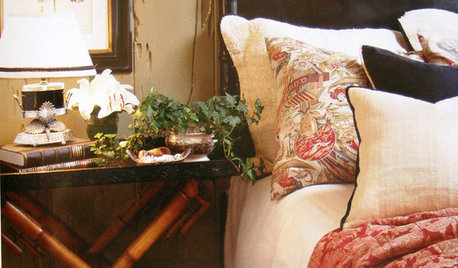
DECORATING GUIDESDecorating With Antiques: Evoke a Fanciful Past With Bamboo
Bring Asian or tropical allure to a room of any style with versatile and exotic bamboo pieces
Full Story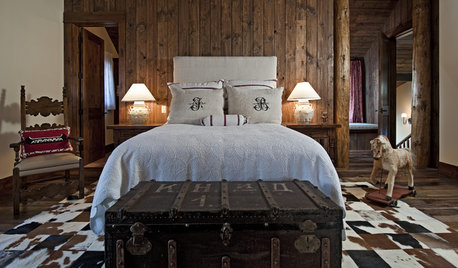
DECORATING GUIDESDecorating With Antiques: Chests, Dressers and Buffets
Pretty, practical and versatile, antique chests add history and character along with storage
Full Story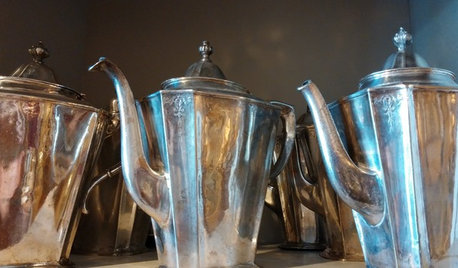
TRADITIONAL STYLEDecorating With Antiques: Silver’s Legacy
Learn how to tell sterling from plate, ways to display pieces and why silver is so darn special to begin with
Full Story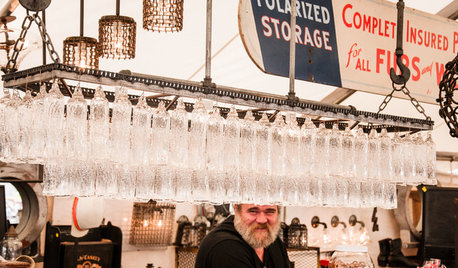
EVENTSTreasure Hunting at the Brimfield Antiques Fair
More than 5,000 antiques dealers are selling their goods along a 1-mile stretch of rural New England this week. Here's what we found
Full Story






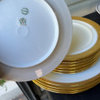



Ideefixe
dashiellOriginal Author
Related Professionals
Peachtree City Furniture & Accessories · Temple Terrace Furniture & Accessories · Middle Island Interior Designers & Decorators · Columbus Painters · Fairfax Painters · Murfreesboro Painters · Carson Painters · Dorchester Painters · Oak Forest Painters · Pensacola Painters · Silver Spring Painters · Westerville Painters · Winnetka Painters · Kearny Furniture & Accessories · Port Chester Furniture & AccessoriesFori
dashiellOriginal Author
lazy_gardens
dashiellOriginal Author
lazy_gardens
lindac
dashiellOriginal Author
karinl
lazy_gardens
calliope
dashiellOriginal Author